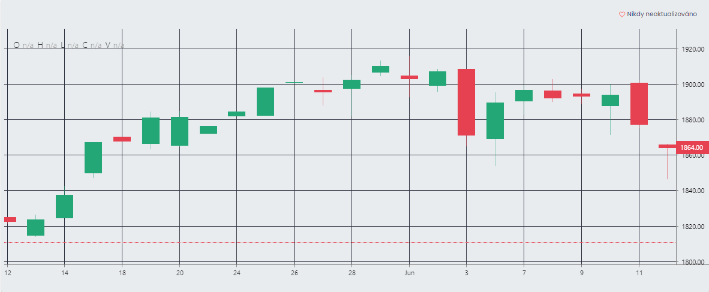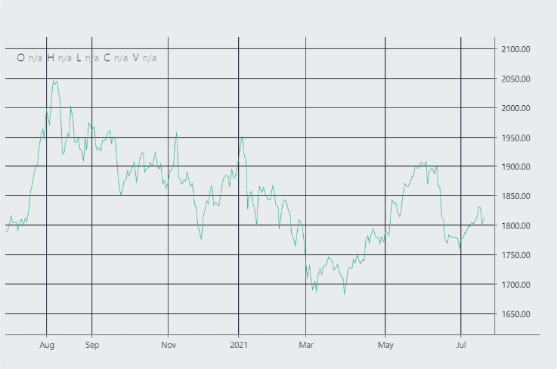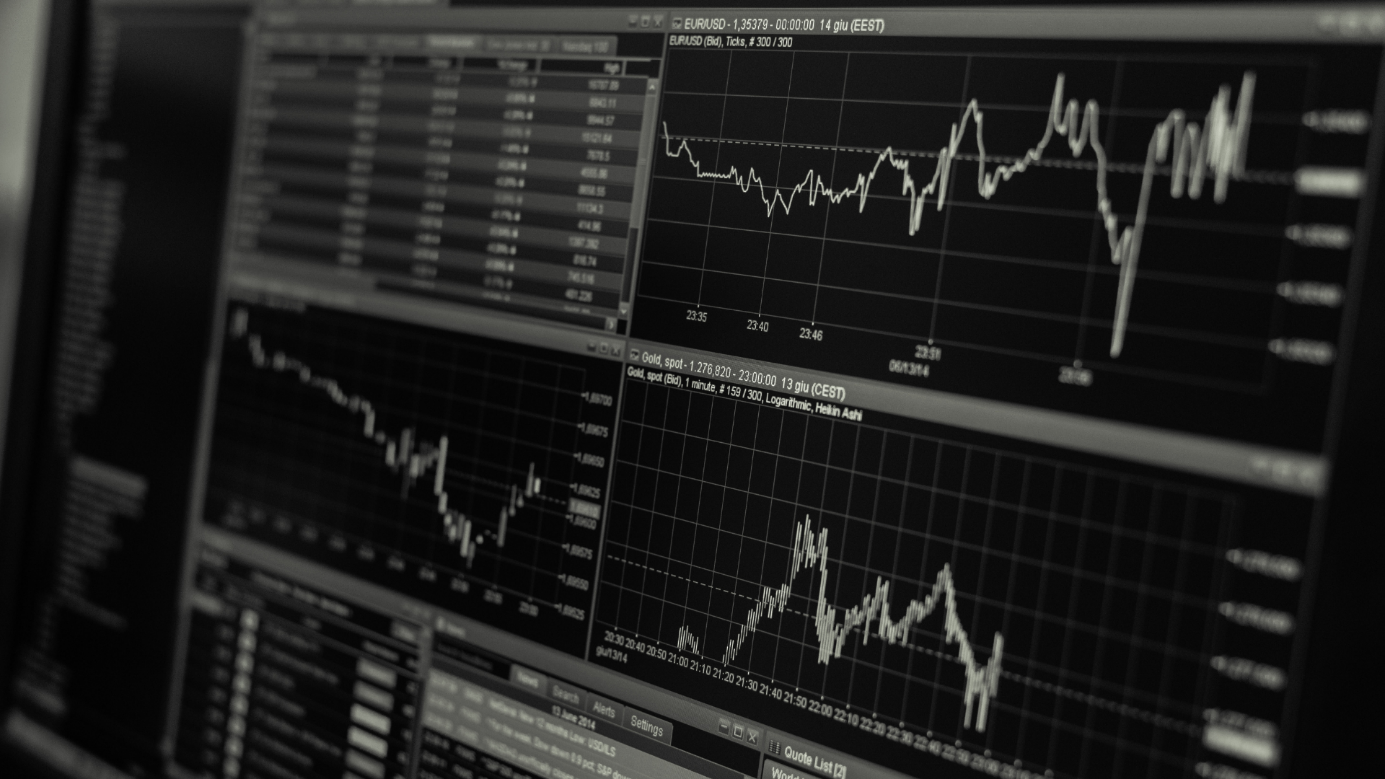Anyone who decides to invest in the financial market will encounter the so-called candlestick charts one day. It is necessary to get familiar with the basic principles of the candlestick charts before you start creating your portfolio and trading on the markets. Being able to understand the candlestick charts is just one part of the process. You also have to have at least a basic understanding of the patterns that those candlesticks are forming.
Apart from candlestick charts, we can also encounter other types of charts, such as bar and line charts, but the most common type of charts are the candlestick charts, thanks to their display capabilities.


You should start by setting the so-called “time frame”, that is the time horizon in which we want the market movements to be displayed. You can set the interface to any time frame you want. It can be one week, one day, four hours, five minutes, or any other time frame you can think of. In contrast to other charts, the candlestick chart does not show only the opening and closing price but the price fluctuations as well, that is to what extent the price did rise or fall during the selected period. Each candle simply informs us about the “mood” in the financial market. If the candle has a green color, it is a rising candle indicating an upward trend. In contrast, the red candle represents a falling price and suggests a downward trend.
Description of the candle
a) The highest price (called the “high” of the candlestick) being displayed as the end of the long protrusion of the candle was significantly higher than the closing price seen as the upper part of the candle.
b) The lowest price (called the “low” of the candlestick) is significantly lower than the opening price.
c) The whole upper and lower protrusions are called upper and lower shadows. The space between opening and closing price is called the body of the candle.
Candlestick pattern definition
By a simple definition, a candlestick pattern is a repeated formation created by the movements of prices. It is a pattern of candles arranged in the same way representing certain market conditions. If “pattern traders” find that a pattern they have chosen has occurred, they enter the market and speculate on the movement they expect will happen.
There are several types of candlestick patterns based on the market you trade.
The take-away here is to get familiar with some basic terms and principles before you start trading on the financial markets. One of the most important skills necessary for trading is the ability to read candlestick charts and to recognize candlestick patterns. Several types of charts can be worked with, but candlestick charts are the most widely used due to their complexity. Unlike other types of charts, candlestick charts also allow you to monitor price fluctuations in the market.
If you are a pattern trader, feel free to try our Pattern Lab application designed to simplify your trading.


